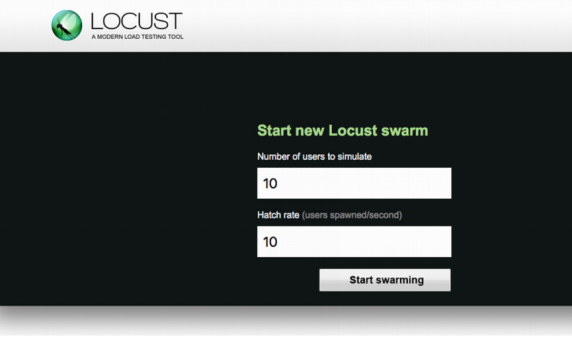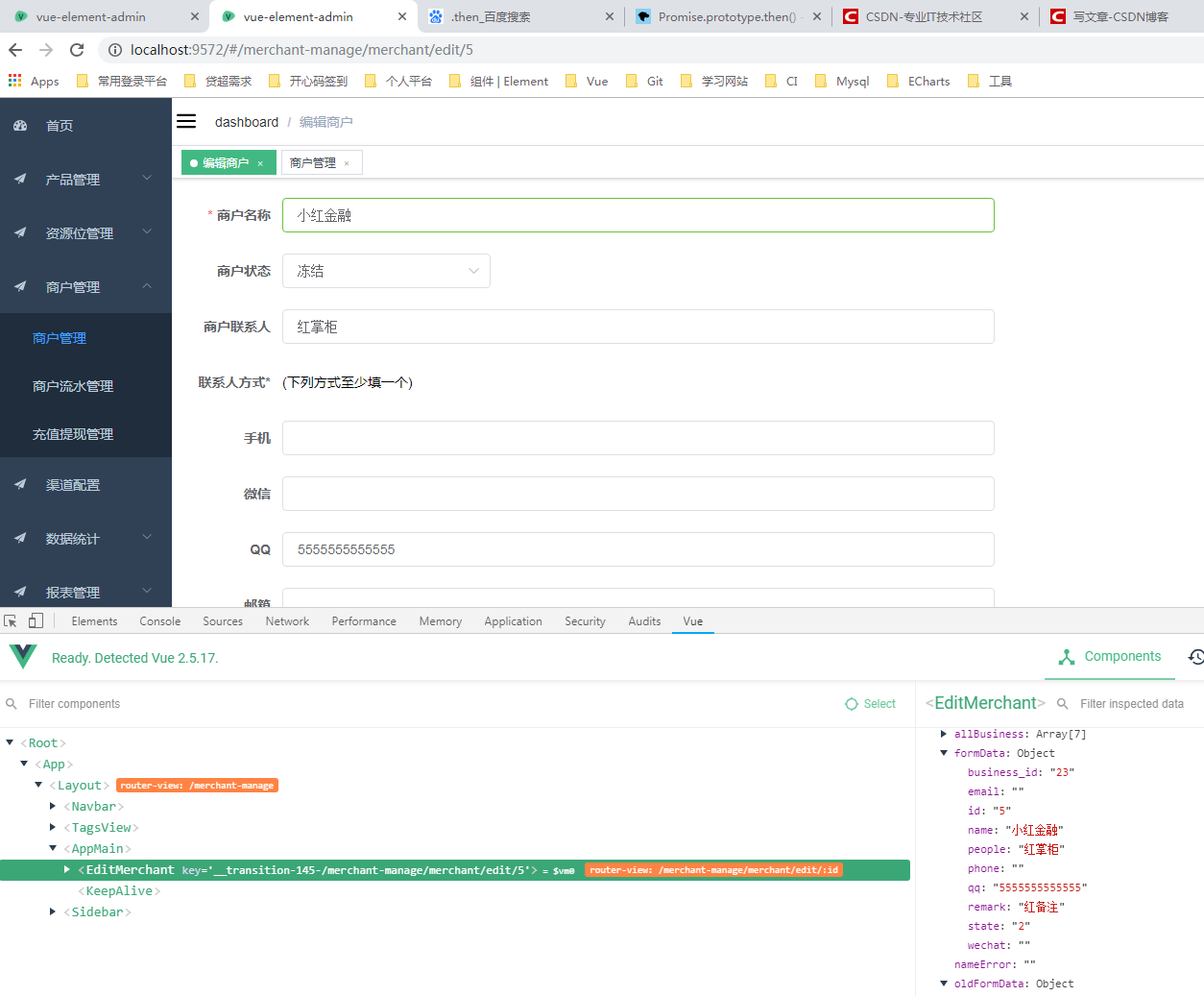HDFS下载数据之源码分析-FileSystem.get(conf)_block01
2019独角兽企业重金招聘Python工程师标准>>> 
首先来看一下, FileSystem(org.apache.hadoop.fs.FileSystem), 这是一个抽象类, 是所有文件系统的父类.
而我们要从HDFS(Hadoop Distributed FileSystem)下载数据, 应该获取一个DistributedFileSystem的实例,那么如何获取一个DistributedFileSystem的实例呢?
FileSystem fs = FileSystem.get(new Configuration());
在FileSystem中有3个重载的get()方法
// 1.通过配置文件获取一个FileSystem实例public static FileSystem get(Configuration conf)// 2.通过指定的FileSystem的URI, 配置文件获取一个FileSystem实例public static FileSystem get(URI uri, Configuration conf)// 3.通过指定的FileSystem的URI, 配置文件, FileSystem用户名获取一个FileSystem实例public static FileSystem get(final URI uri, final Configuration conf, final String user)
先调用FileSystem.get(Configuration conf)方法,再调用重载方法FileSystem.get(URI uri, Configuration conf)
public static FileSystem get(URI uri, Configuration conf) throws IOException {// schem是FileSystem具体的URI方案如: file, hdfs, Webhdfs, har等等String scheme = uri.getScheme(); // scheme = hdfs// authority是NameNode的主机名, 端口号String authority = uri.getAuthority(); // authority = node1:9000...// disableCacheName = fs.hdfs.impl.disable.cacheString disableCacheName = String.format("fs.%s.impl.disable.cache", scheme);// 读取配置文件, 判断是否禁用缓存if (conf.getBoolean(disableCacheName, false)) { // 若禁用缓存return createFileSystem(uri, conf); // 直接调用创建FileSystem实例的方法}// 不禁用缓存, 先从FileSystem的静态成员变量CACHE中获取FileSystem实例return CACHE.get(uri, conf);}
再调用FileSystem$Cache.get(URI uri, Configuration conf)方法(Cache是FileSystem的静态内部类)
FileSystem get(URI uri, Configuration conf) throws IOException{Key key = new Key(uri, conf); // key = (root (auth:SIMPLE))@hdfs://node1:9000return getInternal(uri, conf, key);}
再调用FileSystem$Cache.getInternal(URI uri, Configuration conf, FileSystem$Cache$Key key)方法(Key又是Cache的静态内部类)
private FileSystem getInternal(URI uri, Configuration conf, Key key) throws IOException{FileSystem fs;synchronized (this) {// map是Cache中用来缓存FileSystem实例的成员变量, 其类型为HashMap<Key, FileSystem>fs = map.get(key);}if (fs != null) { // 如果从缓存map中获取到了相应的FileSystem实例return fs; // 则返回这个实例}// 否则, 调用FileSystem.createFileSystem(URI uri, Configuration conf)方法, 创建FileSystem实例fs = createFileSystem(uri, conf);/* 分割线1, 期待着createFileSystem()方法的返回 */synchronized (this) { // refetch the lock again/** 在多线程环境下, 可能另一个客户端(另一个线程)创建好了一个DistributedFileSystem实例, 并缓存到了map中* 所以, 这时候就把当前客户端新创建的DistributedFileSystem实例注销* 其实这是一个特殊的单例模式, 一个key映射一个DistributedFileSystem实例*/FileSystem oldfs = map.get(key);if (oldfs != null) { // a file system is created while lock is releasingfs.close(); // close the new file systemreturn oldfs; // return the old file system}/** now insert the new file system into the map* 缓存当前新创建的DistributedFileSystem实例到map中*/fs.key = key;map.put(key, fs);...return fs;}}
来自分割线1, 先调用FileSystem.createFileSystem(URI uri, Configuration conf)方法
private static FileSystem createFileSystem(URI uri, Configuration conf) throws IOException {// 通过读取配置文件, 获取FileSystem具体的URI模式: hdfs的类对象Class<?> clazz = getFileSystemClass(uri.getScheme(), conf); // clazz = org.apache.hadoop.hdfs.DistributedFileSystem...// 反射出一个DistributedFileSystem实例FileSystem fs = (FileSystem)ReflectionUtils.newInstance(clazz, conf);// 对DistributedFileSystem实例初始化fs.initialize(uri, conf);return fs;}
在调用DistributedFileSystem.initialize(URI uri, Configuration conf)方法之前, 先来看一下DistributedFileSystem类吧.
DistributedFileSystem是抽象类FileSystem的子类实现,
public class DistributedFileSystem extends FileSystem {...DFSClient dfs; // DistributedFileSystem持有一个DFSClient类型的成员变量dfs, 最重要的成员变量!...}
调用DistributedFileSystem.initialize(URI uri, Configuration conf)方法
public void initialize(URI uri, Configuration conf) throws IOException {...// new一个DFSClient实例, 成员变量dfs引用这个DFSClient实例this.dfs = new DFSClient(uri, conf, statistics );/* 分割线2, 期待着new DFSClient()的返回 */...}
在new DFSClient实例之前, 先来看一下DFSClient类吧! 看一下到底要为哪些成员变量赋值
public class DFSClient implements java.io.Closeable, RemotePeerFactory {...final ClientProtocol namenode; //DFSClient持有一个ClientProtocol类型的成员变量namenode, 一个RPC代理对象/* The service used for delegation tokens */private Text dtService;...}
来自分割线2, 调用DFSClient的构造函数DFSClient(URI nameNodeUri, Configuration conf, FileSystem$Statistics statistics), 再调用重载构造函数DFSClient(URI nameNodeUri, ClientProtocol rpcNamenode, Configuration conf, FileSystem$Statistics statistics)
public DFSClient(URI nameNodeUri, ClientProtocol rpcNamenode, Configuration conf,FileSystem.Statistics stats) throws IOException {...NameNodeProxies.ProxyAndInfo<ClientProtocol> proxyInfo = null;if (numResponseToDrop > 0) { // numResponseToDrop = 0// This case is used for testing.LOG.warn(DFSConfigKeys.DFS_CLIENT_TEST_DROP_NAMENODE_RESPONSE_NUM_KEY+ " is set to " + numResponseToDrop+ ", this hacked client will proactively drop responses");proxyInfo = NameNodeProxies.createProxyWithLossyRetryHandler(conf,nameNodeUri, ClientProtocol.class, numResponseToDrop);}if (proxyInfo != null) { // proxyInfo = nullthis.dtService = proxyInfo.getDelegationTokenService();this.namenode = proxyInfo.getProxy();} else if (rpcNamenode != null) { // rpcNamenode = null// This case is used for testing.Preconditions.checkArgument(nameNodeUri == null);this.namenode = rpcNamenode;dtService = null;} else { // 前面两个if只在测试的情况下成立, 这个else的代码块才是重点.../** 创建一个NameNodeProxies.ProxyAndInfo<ClientProtocol>类型的对象, proxyInfo引用这个对象* createProxy(conf, nameNodeUri, ClientProtocol.class)方法是不是和RPC.getProxy(Class<T> protocol,* long clientVersion, InetSocketAddress addr, Configuration conf)很像?* 没错! 你没看错! 这说明createProxy()方法内部一定会调用RPC的相关方法* conf 都是Configuration类型的conf* nameNodeUri = hdfs://node1:9000 这不就是InetSocketAddress类型的addr的hostName和port* ClientProtocol.class 都是RPC protocol接口的类对象* ClientProtocol is used by user code via DistributedFileSystem class to communicate* with the NameNode* ClientProtocol是DistributedFileSystem用来与NameNode通信的*/proxyInfo = NameNodeProxies.createProxy(conf, nameNodeUri, ClientProtocol.class);/* 分割线3, 期待着createProxy()方法的返回 */this.dtService = proxyInfo.getDelegationTokenService();this.namenode = proxyInfo.getProxy();}...}
来自分割线3, 调用NameNodeProxies.createProxy(Configuration conf, URI nameNodeUri, Class
/*** Creates the namenode proxy with the passed protocol. This will handle* creation of either HA- or non-HA-enabled proxy objects, depending upon* if the provided URI is a configured logical URI.* 通过传过来的protocol参数, 创建namenode的代理对象. 至于是HA还是非HA的namenode代理对象,* 这取决于实际搭建的Hadoop环境**/public static <T> ProxyAndInfo<T> createProxy(Configuration conf, URI nameNodeUri, Class<T> xface)throws IOException {// 获取Hadoop实际环境中HA的配置Class<FailoverProxyProvider<T>> failoverProxyProviderClass =getFailoverProxyProviderClass(conf, nameNodeUri, xface);if (failoverProxyProviderClass == null) { // 非HA,这里是Hadoop的伪分布式搭建// Non-HA case, 创建一个非HA的namenode代理对象return createNonHAProxy(conf, NameNode.getAddress(nameNodeUri), xface,UserGroupInformation.getCurrentUser(), true);} else { // HA// HA caseFailoverProxyProvider<T> failoverProxyProvider = NameNodeProxies.createFailoverProxyProvider(conf, failoverProxyProviderClass, xface,nameNodeUri);Conf config = new Conf(conf);T proxy = (T) RetryProxy.create(xface, failoverProxyProvider,RetryPolicies.failoverOnNetworkException(RetryPolicies.TRY_ONCE_THEN_FAIL, config.maxFailoverAttempts,config.maxRetryAttempts, config.failoverSleepBaseMillis,config.failoverSleepMaxMillis));Text dtService = HAUtil.buildTokenServiceForLogicalUri(nameNodeUri);// 返回一个proxy, dtService的封装对象proxyInforeturn new ProxyAndInfo<T>(proxy, dtService);}}
调用NameNodeProxies.createNonHAProxy(Configuration conf, InetSocketAddress nnAddr, Class
public static <T> ProxyAndInfo<T> createNonHAProxy(Configuration conf, InetSocketAddress nnAddr,Class<T> xface, UserGroupInformation ugi, boolean withRetries) throws IOException {Text dtService = SecurityUtil.buildTokenService(nnAddr); //dtService = 192.168.8.101:9000T proxy;if (xface == ClientProtocol.class) { // xface = ClientProtocol.class// 创建一个namenode代理对象proxy = (T) createNNProxyWithClientProtocol(nnAddr, conf, ugi, withRetries);/* 分割线4, 期待着createNNProxyWithClientProtocol()方法返回 */} else if {...}// 把proxy, dtService封装成一个ProxyAndInfo对象, 并返回return new ProxyAndInfo<T>(proxy, dtService);}
block02戳我
转载于 //my.oschina.net/u/2503731/blog/663705
//my.oschina.net/u/2503731/blog/663705
































还没有评论,来说两句吧...